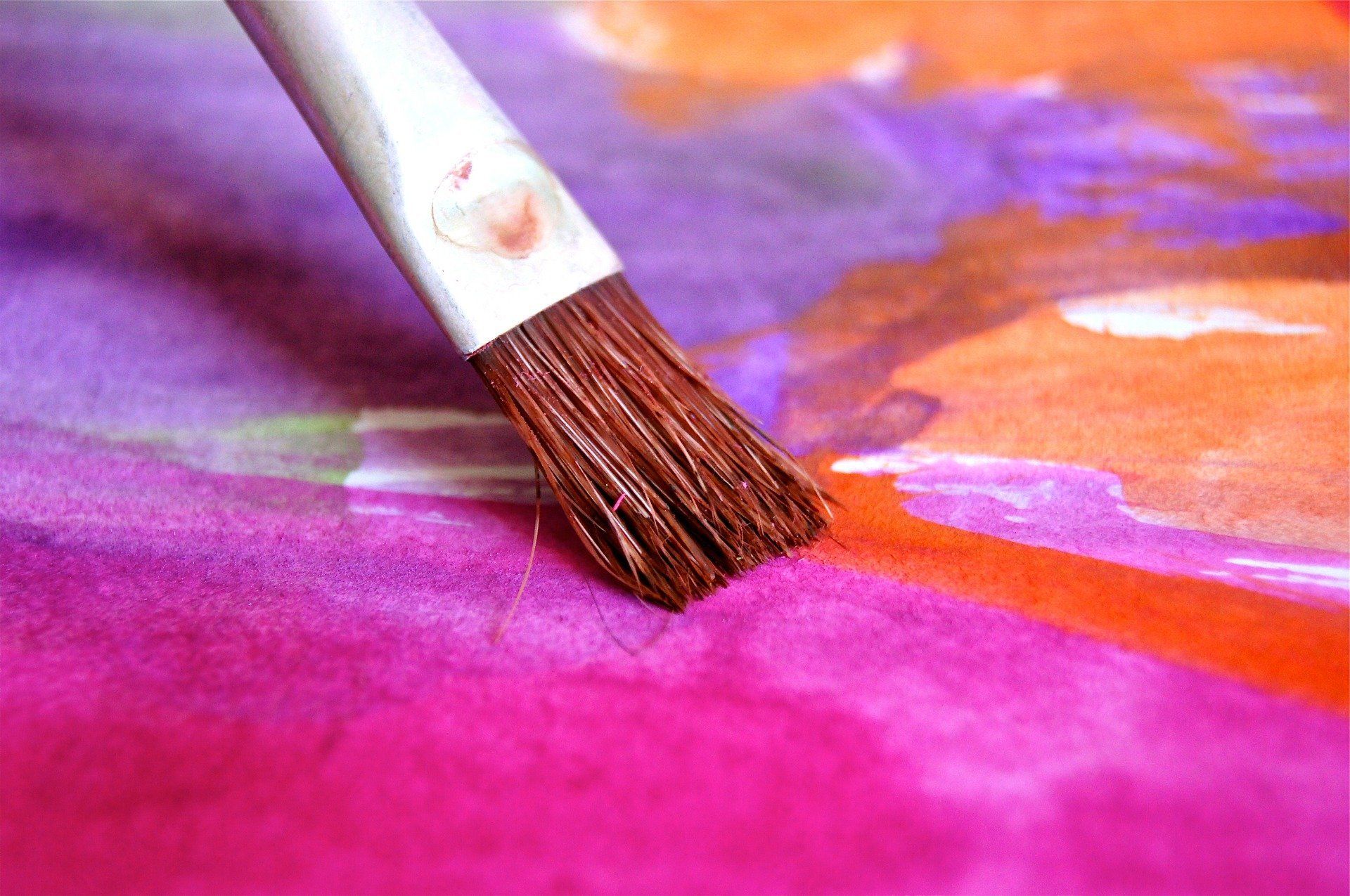One thing we have been witness to time and again in the art world is artists being undervalued by the companies that manage the business of their art. Musicians, painters, filmmakers—whatever the medium—we have decades of horror stories about selling gold records or directing a hit film and then being told they still have not seen a profit and will not be able to compensate the creators any further. The systems that artists are forced to navigate are an analogue to our larger, shared financial inequality where a small fraction of those at the top control the flow of money through the economy. Just as cryptocurrency has shown us there is a better way to level the playing field and redistribute that wealth on a grand scale, the same underlying technology, leveraged as NFTs, can be utilized to completely change the way artists are paid and how their work is distributed.
Decentralized Artistic Equality
The NFT boom has created a vast and complex marketplace for every type of digital art. This presents four revolutionary opportunities to the artist:
1. The artist now completely controls the sales and distribution process
Since the artist is now empowered with control of the sales and distribution, there is no need for a middleman between them and their fans and the scarcity of their creations can be determined and controlled entirely on their own. So, rather than the middleman eating up a portion of the artist’s revenue, the artist retains all profits generated, and can collect more compensation from their work than ever before.
2. On the blockchain, all territories are equal
Since the blockchain is a universal ledger, the artist does not have to worry about how to set up and receive money from a fan in countries with different currencies and financial systems. The universal language of the blockchain has broken down these walls and empowered artists from anywhere to connect with anyone else in the world with a universally-recognized, borderless currency.
3. The secondary market is now theirs forever
The secondary market has historically excluded artists from the continued profits of reselling their work. With NFT technology, however, the original creator is always authenticated and tied to the piece: when that piece is sold on the secondary market, the artist now and forever will receive a portion of that sale. As an industry, we can be cynical about NFTs all we want, but if we stop to consider this one, single innovation to the artist’s royalty structure it is hard to think of NFTs as anything other than absolutely necessary to the viability of art in the digital world.
4. Underrepresented artists have a powerful platform
All the above points do not only empower established artists, but, more importantly, for the first time ever truly democratizes the ability for someone to sell their art online on their own terms completely independent of any social, economic, or legal strictures that may normally be in place stopping them from doing so. Underrepresented artists from any corner of the earth now have the same amount of power as anyone else. All they need is their creations and an internet connection to bring their ideas to the world. No government or corporation can censor them, no rights holders can sue them, and no one can tell them what to create or who can view it. When China decides to censor entire portions of the internet, anyone can utilize the anonymity of the blockchain to circumvent their authority and ensure their voice can be heard.
The Ethics of Sustainability
This utopian paradise of free expression and distribution may sound too good to be true, and certainly some out there may be ready to interject and attempt to knock down this new creation by levying a single talking point: NFTs are bad for the planet. While it is true that some NFT platforms are built on proof-of-work blockchains and, therefore, do produce significant amounts of carbon emissions, there are now plenty of alternatives that mitigate this problem to the point of insignificance.
The rise of usable proof-of-stake blockchains ameliorates the problem of energy efficiency and provides artists a way to harness NFTs without further damaging the environment. Already options such as the WAX blockchain are providing onramps for artists that are hundreds of thousands of times more energy efficient than the more popular POW solutions. These solutions leave the traditional art world behind and are much more environmentally friendly than the standard e-commerce processes that involve printing, packaging, storing, and the eventual shipping of music albums, films on disc, and art prints all over the world.
Peer-reviewed studies have been conducted examining the environmental impact of traditional online shopping, and it should be obvious to even the untrained eye that this digital future is incredibly important to not only the art world, but for any goods that we can purchase, store and enjoy in a purely digital medium. Even in best case scenarios it is projected that the delivery of physical goods will continue to increase by 36 per cent in the next decade, which in turn only increases the carbon emissions all along the chain. We must now do our part to help educate not only the people currently working in the NFT space, but also those on the outside who carry these preconceived notions with them and are hesitant to enter the space.
Proof-of-stake NFTs are the future of art and are not only helping to secure established artists’ digital legacies, but also providing marginalized works from underrepresented artists the largest platform the world has ever seen, while offering a minting and distribution solution that is vastly more sustainable than current methods both on-chain and in the traditional art markets.






